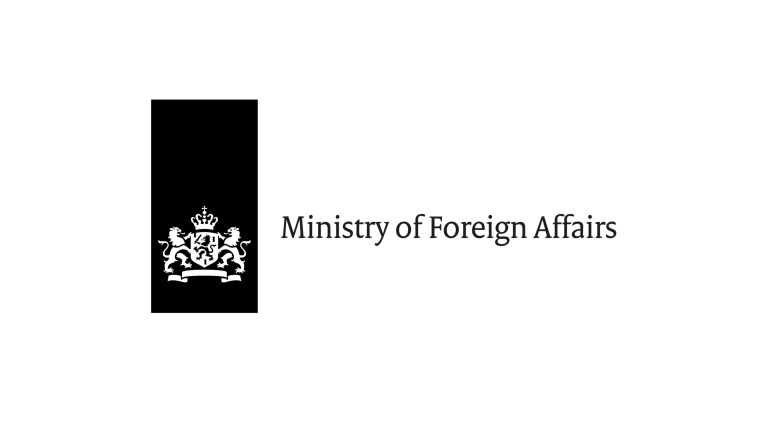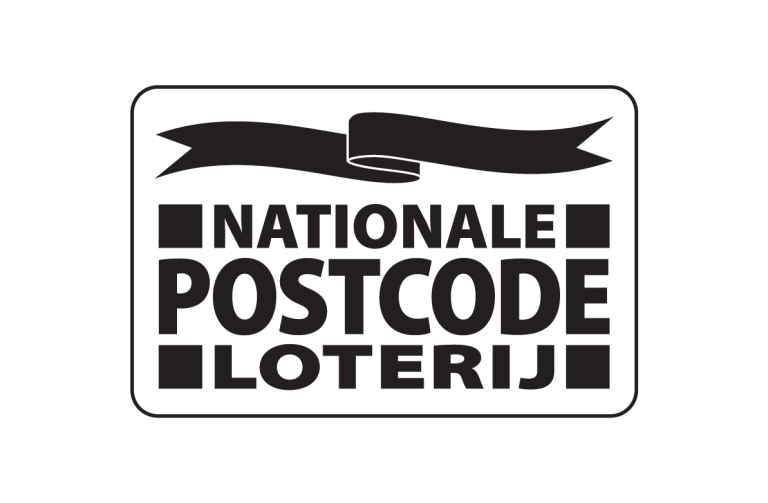INTERVIEW WITH AMANDA COSTA
A VOICE FOR CLIMATE JUSTICE

Amanda Costa is the founder of Perifa Sustentável, a youth-powered institute for climate justice in Brazil. Her work is focused on the empowerment of people living in urban peripheries, starting in her own community of Brasilândia, on the northern outskirts of São Paulo. Through her role as a United Nations Youth Ambassador and her participation at events like COP and the World Economic Forum, Amanda has also become an influential figure in the global climate movement.
To learn more about her story and her dreams for the future, we recently joined Amanda at one of her favourite community gardens in Brasilândia. Here, amongst the greenery and the butterflies, we spoke about the role of creativity in activism, the importance of centring Black and Indigenous voices, and her best advice for “making a different world.”
Hi Amanda! Can you tell us about yourself and your work?
My name is Amanda Costa and I’m from Brasilândia, São Paulo. I am a climate activist and founder of Perifa Sustentável. Our goal is to mobilise young people to develop a new sustainable agenda for Brazil that prioritises climate and racial issues.
I’m also a content creator and I travel the world to talk about the kinds of local solutions we are developing in Brasilândia. So my mission in life, the way that I’m guiding my existence, is to show everybody — my people, the people who follow me on social media, as well as global leaders — that we need to act now to fight the climate crisis and environmental racism.
“When we speak about environmental racism, we need to understand how colonisation has pushed Black people into marginalised spaces.”
What is environmental racism? And how does it relate to design?
I like to explain what environmental racism is with an example. Take the climate crisis: with the changing weather in Brazil, we’ve had more rain and consequently, more floods. Now, which parts of the country are most affected by these floods? Often they are vulnerable communities, with a majority of Black people, people who live in slums, and people who live in marginalised areas.
So when we speak about environmental racism, we need to understand how colonisation has pushed Black people into these marginalised spaces, and how design can help solve this problem. For example, when we think about the need to redesign cities, we can’t forget people who live in marginalised areas. We need to put Black and Indigenous people at the centre.

What led you to focus on this issue?
The moment I realised I needed to do something about climate justice was in 2017. I saw an opportunity to go to Bonn, to participate in events, including one that was called Camp Climate. Camp Climate was a select group of international people, who wanted to participate in COP23.
When I arrived at the Conference, I noticed that I was alone. What do I mean by that? Well, I was listening to the decision-makers and I heard a lot of men from the Global North explaining how the climate crisis will impact people in the Global South, especially Black and Indigenous communities. And I thought to myself, why I don’t have the microphone in my hands? Why they didn’t call me to speak?
I know how climate change is affecting my country. I have the empirical knowledge because as a Black girl from Brasilândia, I can see how it’s raining and the flooding in the slums. I remember when I came back to Brazil, I decided: I will be a voice for the climate movement. I will involve everybody in my community to make this an issue here in my local neighbourhood. And then I started to listen: listen to people in my community, to understand what they are facing and what they are struggling with. After a while, I understood that I could bridge the gap between these two different worlds — between the global and the local. So this was the moment that I created Perifa Sustentável Institute. If we translate it into English, the name means ‘sustainable slum’.
“When I came back to Brazil, I decided: I will be a voice for the climate movement.”
So if you could redesign everything, where would you start?
If could redesign a place, I would start with my neighbourhood — I would start with Brasilândia. To be more specific, I would start with Brasilândia’s community garden, because in my opinion, this could be a very important centre for climate education, for engaging kids with nature, for growing food and as a gathering place for the people who live here. You know, sometimes you just need to take your shoes off and put your feet on the ground and feel the energy of nature.

What role do you think creativity plays in the climate movement?
Creativity is very important! Some might see creative people as crazy, but I think the world is made by the craziest people in our society. We need people who are not afraid of judgment, people who will be bold enough to do things in a different way. So I think the creative community in São Paulo has a very crucial role because they bring the possibility to build innovations. To do something that isn’t going in the same direction as the rest of the world — a direction that is driven by colonisation and reflects the fact that we live in a white supremacist, patriarchal, conservative society. So we need to rebuild our systems, and we need people who will be brave enough to think outside the box and find new solutions.
How would you describe the future you are striving for?
When I think about the future, I can see two realities. I see the reality that has been in the making for a long time, and it’s a very horrible reality. But I am living to build another reality; a future that is sustainable. Here in Brazil, when we talk about sustainability, there are people who think that it’s something for rich people. I’m saying to the world that we can have sustainability in the slums and the favelas. The work we do at Perifa Sustentável shows that actually, we already have a lot of sustainability in our local community.
So my dream future is not just a sustainable city but a sustainable slum: one with more community gardens, access to clean water and lots of forests and green spaces. Conservation is so important because unfortunately, we only have 6% of the forests we had when the Portuguese founded Brazil. And we should note that Brazil wasn’t actually founded — Brazil was invaded. Indigenous people were here long before this. So in the future that I am fighting to build, we will give value to our ancestors. We will give value to Indigenous communities and we will take care of the local knowledge that we already have.
“My dream future is not just a sustainable city but a sustainable slum: one with more community gardens, access to clean water and lots of forests and green spaces.”

Being a climate activist and carrying such a hopeful vision of the future — all of this takes extremely hard work. What keeps you going day in and day out?
Sometimes it’s very hard to keep going! People who are not involved with this movement might look at my social media and think, ‘This looks fancy! She’s travelling all over the world talking about the climate.’ But to be honest with you, I never wanted to be a climate activist. I would like to be doing something else; to just be a 27-year-old girl having fun with my family and friends. But I needed to do something. Because if I did nothing, nothing would change.
There are times when all of this makes me feel anxious. That’s when I find myself going to community gardens like this, just to have a moment to breathe, and to get that feeling that nature brings us when we are outside. These moments help me a lot: being here and around other local leaders like Seu Quintino, who have been caring for this community for decades. They remind me that even though everything I do on the international level is important, it will lose its value if I’m not connecting with my community in Brasilândia. So I think this is my role in this life. To walk into different worlds, make bridges and connect, while also understanding that I need my moments to breathe.
What advice would you give to creatives looking to get involved in climate action?
The first step is to start. It doesn’t matter where you are or how much knowledge you have — you just need to start. There are different ways to go about it; one way is to study. We have Google, we have books, we have videos, we have documentaries, we have schools — and we should use them.
We also have people, and this is the second step. Talk with people who are doing whatever you like to do. Because it’s hard to find your way alone. And sometimes you can spend a lot of time doing research on a problem that could be solved in a five-minute conversation with the right person. So, connect with people, have conversations, explain what you want.
“It doesn’t matter where you are or how much knowledge you have — you just need to start.”
And finally, the third step is the moment that you will get your hands dirty. Do something in your neighbourhood. Listen to the people around you and understand what they need. In one community this might be something to do with health and in another this might be related to education. What matters is that we have the possibility to make a different world. That is why I share my three steps: knowledge, people and practical action.
This interview has been edited for length and clarity.
All photos courtesy of Amanda Costa.




